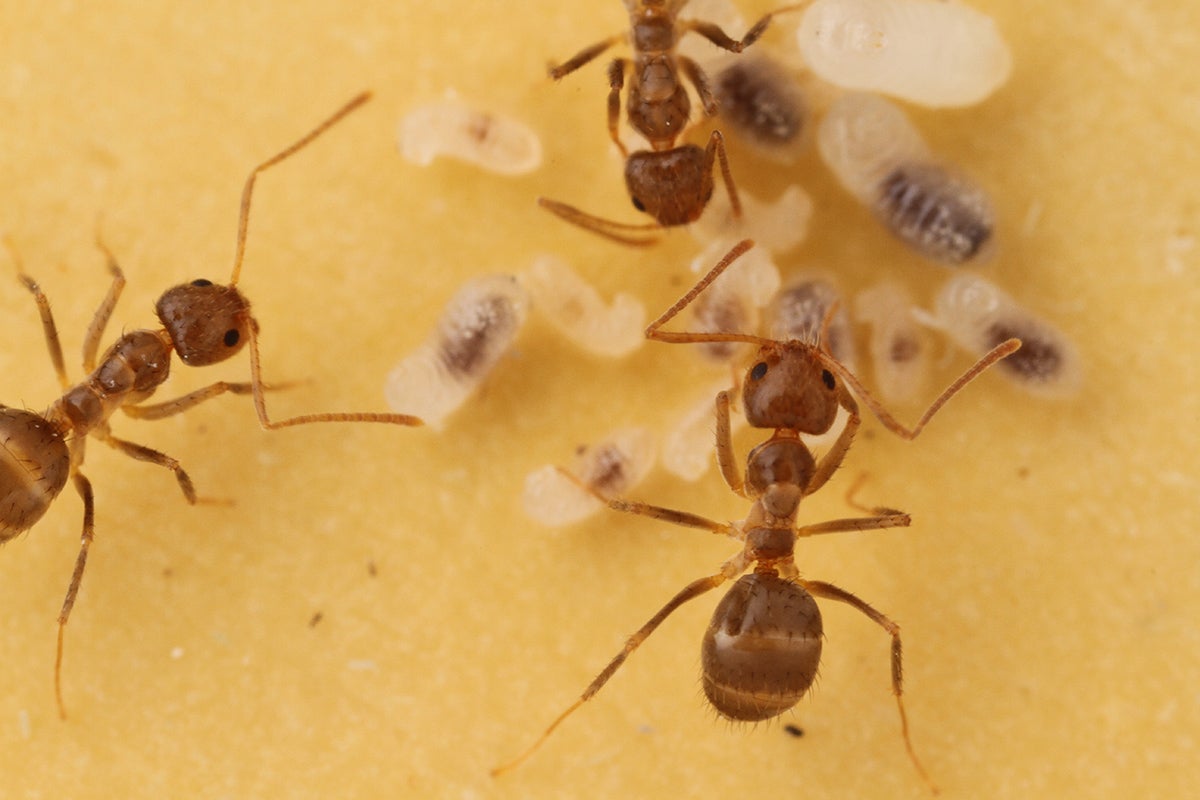Switchgrass Genes Offer Advantages as Climate Change Tool
This native grass can capture atmospheric carbon in its substantial root system.
While switchgrass has been seen as useful as a clean-burning source of renewable fuel, it also has the ability to pull carbon out of the atmosphere and store it underground in its substantial root system. Atmospheric carbon is a major contributor to climate change and finding ways to sequester it underground could have impacts on efforts to mitigate the catastrophic effects of climate change.

An exposed switchgrass root system from a single year of growth in a field cylinder. Photo credit, The Tallgrass Prairie Center of Northern Iowa (https://tallgrassprairiecenter.org/)
A team of researchers at The University of Texas at Austin that specializes in analyzing the genetic structure of switchgrass began to investigate whether it was genetically feasible for switchgrass to have a large root system that is efficient at sequestering carbon and have a large above-ground plant structure to turn into biofuel. Could switchgrass offer the best of both worlds as a climate-change-fighting tool?
The answer is yes, and researchers outlined their findings in a recent paper in the Proceedings of the National Academy of Sciences.
"Typically, plants are thought to have a limited quantity of resources available for growth, and so their development may exhibit allocation tradeoffs. You can imagine that if a plant puts a lot of energy into sinking carbon in the ground for a large root system, it's going to come at the cost of generating tissues above ground," said Tom Juenger, professor of integrative biology at UT Austin, C. L. Lundell Fellow of Systematic Botany, and corresponding author on the paper. "But we found that wasn't the case. Our data suggests that you can breed a switchgrass plant with substantial above-ground biomass and it doesn't necessarily come at the cost of a good root system."
Switchgrass has long been studied for use as a biofuel crop. The perennial grass can grow almost anywhere because varieties have adapted to survive in poor soils, high winds, extreme cold and blistering heat.
The plant's sturdy tillers can grow up to 12 feet tall, producing large amounts of plant biomass for biofuel production with very little water or human intervention.
The root systems on switchgrass also can easily extend 10-12 feet underground. This can make them challenging to study.
"We found a similar degree of genetic variation for below ground traits as for above-ground structures," Juenger said. "But we know a lot less about below ground traits because they are harder to get to and study."
And looking at switchgrass roots, it's easy to see why these prolific structures contributed a lot to soil conditioning over millennia across the Midwest. We have great agricultural land in those areas, in part, because of these grasses, Juenger said.
By mapping the genes of different varieties of switchgrass, the research team has learned more about the evolution of the species and what kind of environmental factors may have led to different traits.
"We've looked at the southern lowland varieties of switchgrass and see that they have long-lived leaves and roots, likely because their natural habitats have long growing seasons and rarely experience freezing temperatures," Juenger said. "Whereas the northern upland varieties have a much shorter growing season and different allocation patterns."
Researchers also looked at the relationship between root longevity and root construction economics.
"Ecologists have long been proposed a 'Root Economics Spectrum' in which plants with low-cost roots tend to have rapid root turnover, whereas plants with expensive roots tend to have a long root lifespan," said Weile Chen, researcher from Zhejiang University, China, and the first author on the paper. "Using switchgrass, we found that this tradeoff has a genetic basis. Switching the southern lowland alleles to northern lowland alleles can reduce costs in root construction, but at the price of more frequent root turnover. Thus, only certain types of roots tend to evolve in the switchgrass root system, such as short-lived inexpensive roots and long-lived costly roots."
Yanqi Wu of Oklahoma State University, and Felix B. Fritschi of University of Missouri also contributed to the research. The research was funded by the U.S. Department of Energy, the Advanced Research Projects Agency and the Projects of National Natural Science Foundation of China and Zhejiang Provincial Funds for Distinguished Young Scientists.



